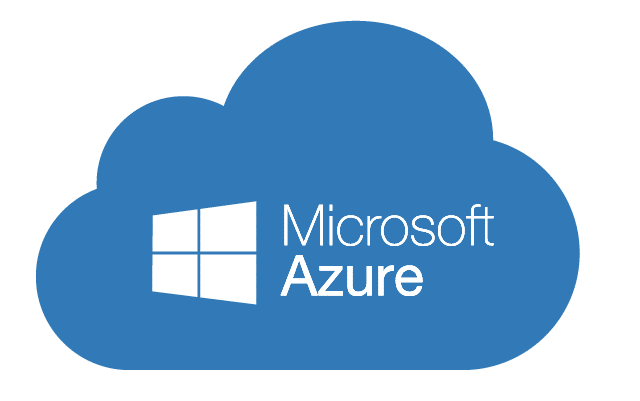Microsoft Azure is a high end integrated cloud service aimed at IT professionals and developers. Azure is made up of a collection of tools that can be accessed from anywhere and that allows the user to build, deploy and manage apps via Microsoft’s global network and data centres.
For several years, Microsoft have been developing Azure, that in its earliest carnations did not earn a great deal of industry respect and their work seems to be paying dividends. Azure is now seen as a legitimate contender to the likes of Google Cloud Platform (GCP) and Amazon Web Services (AWS), when it comes to performance and price.

Azure is compatible with Windows and Linux and from within the package several applications and languages can be used. Java, .NET and PHP for example for developing websites.
Another plus is the ease at which Azure can be set up and configured, but as with all Microsoft products, individuals and particularly software companies using Azure would be well advised to undertake some training to A) hit the ground running and to B) get the very best from the package, which, incidentally, does not come cheap.
The graphical user interface (GUI) facilitates many of Azure’s functionality, but not everything can be done from here and so some guidance may well be required.
Getting the Best Out of Azure
Microsoft certifications have long been recognised as one of the best ways to acquire effective training that helps improve the knowledge of those dealing with Microsoft technology on a daily basis.
Short courses run by Microsoft accredited training providers take the hard work out of navigating around a new package and Azure is big and so it’s well worth the enlisting some help, particularly in the early stages of its use.

Many of the skills taught are to some degree transferable and thus offer added value for the future, especially when dealing with other Microsoft products.
A Big Blue Overview
To say that Azure is now a ground breaking integrated cloud computing service would be over zealous, but what you do get is an extremely versatile, progressive and stable environment that embraces open source software as well as its own.
In addition, Azure benefits from the massive digital and human infrastructure that Microsoft have constructed over the years to support all of their products.
Google and Amazon may have recently made massive headway in this area, but Microsoft are little if not tenacious and so overlook them at your doom.














Leave a Reply